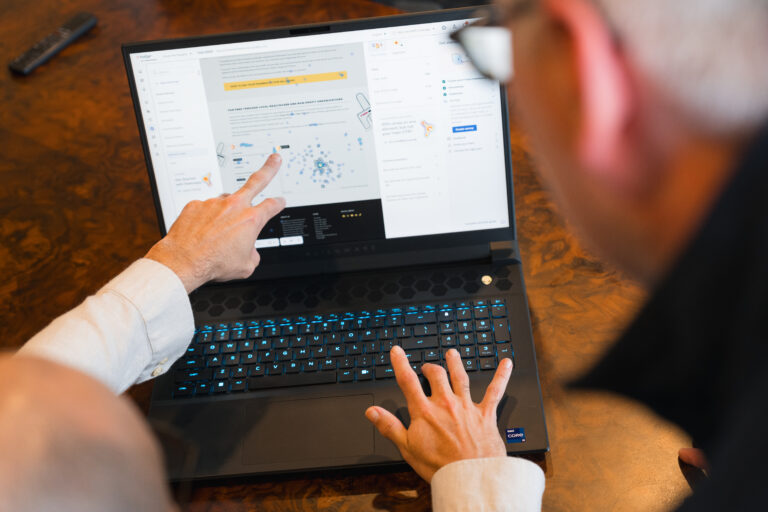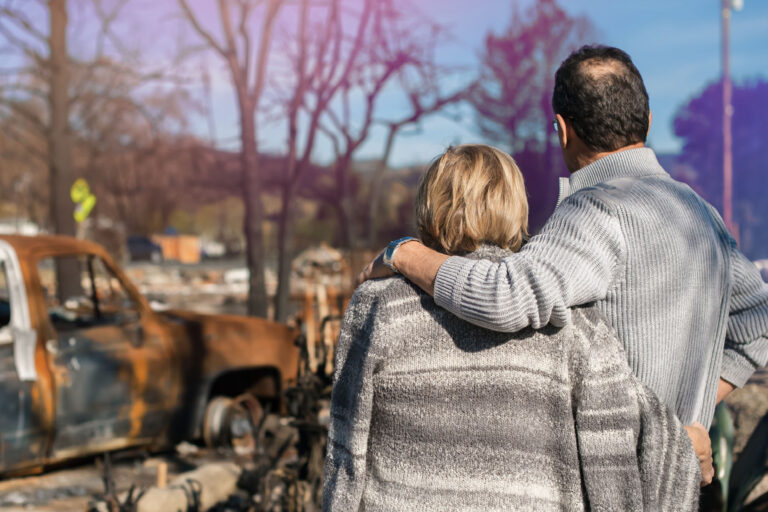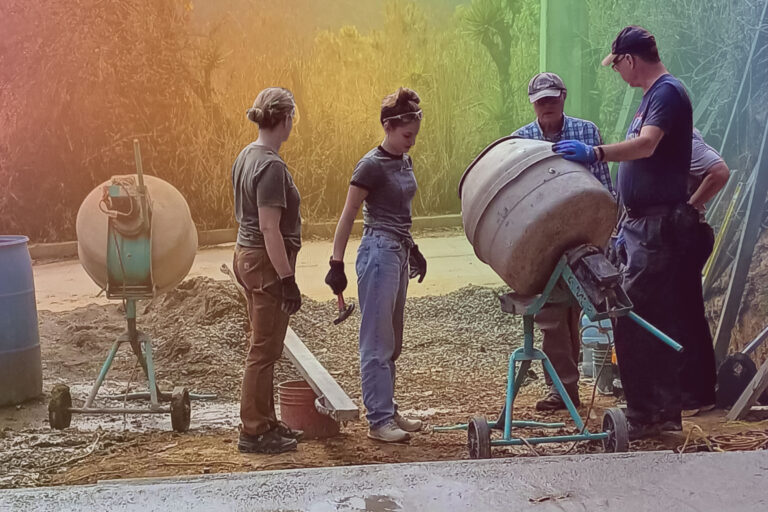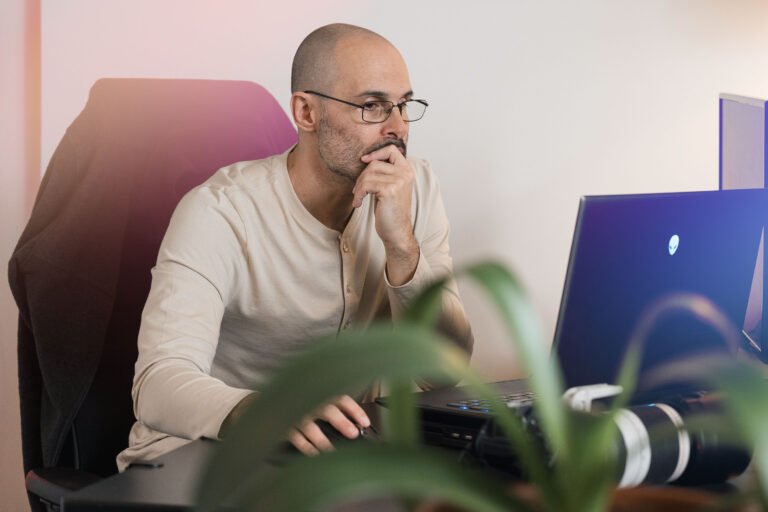Given our passion for “work that matters,” saving lives is a major priority — and that includes our campaign on naloxone.
This drug, sometimes known as Narcan, has the potential to reverse an overdose by restoring breathing in critical situations. While it would be great if this drug weren’t needed, opioid misuse is an unfortunate reality. Prevention-focused education is an essential part of working toward solutions, and we believe spreading awareness about this life-saving medication is equally important.
Our work for Know the Dangers brings attention to naloxone — including how it works and where to find it. Through a partnership between the Minnesota Department of Health (MDH) and the Minnesota Department of Human Services (DHS), the campaign connects people with pharmacies and Syringe Service Programs (SSPs) that provide naloxone near them. The Naloxone Finder is an interactive map that shows these locations and their proximity to the entered address.
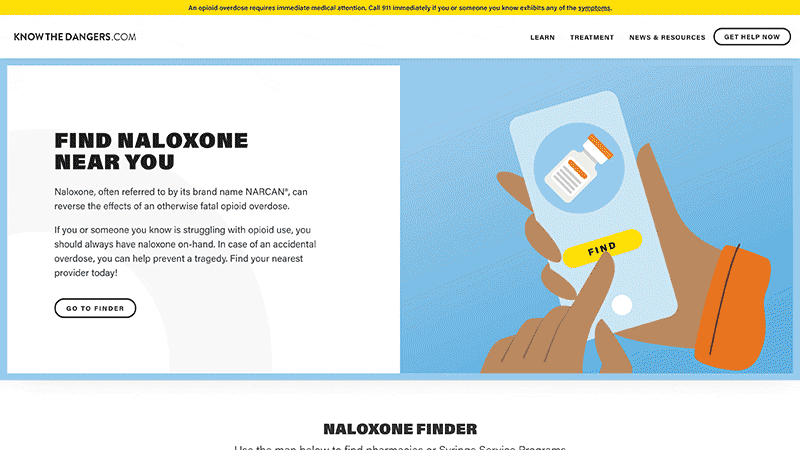
For people who use opioids or know others who do, having access to this emergency solution can save a life. In Minnesota, prescriptions aren’t required to pick up naloxone, so someone going to a party, large event or situation with potential risk can use the Naloxone Finder to be prepared to help during a crisis.
People have general questions about naloxone, so we also designed a webpage to provide comprehensive clear answers in one place. These range from “How much does naloxone cost?” (hint: it’s often free) to “Can I be sued for administering naloxone?” and give readers the knowledge they need to make informed decisions.
During an overdose, bystanders don’t have time to find out about options, and sometimes there’s not even time to get to a hospital. The naloxone resources we created provide the peace of mind that comes with knowing in advance how to safely administer naloxone, exactly where to access it, and that there won’t be consequences. We’ve even covered where to get training.
Naloxone isn’t an answer or excuse for opioid misuse; it’s an emergency resource and preparedness tool. The more people that are aware of and equipped to use it, the better chance we have to save lives. And if you ask us, that’s work that matters.

